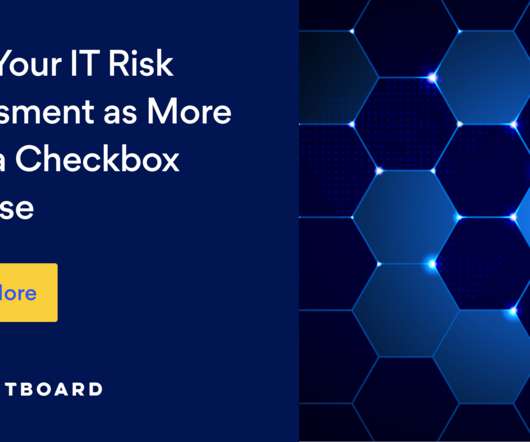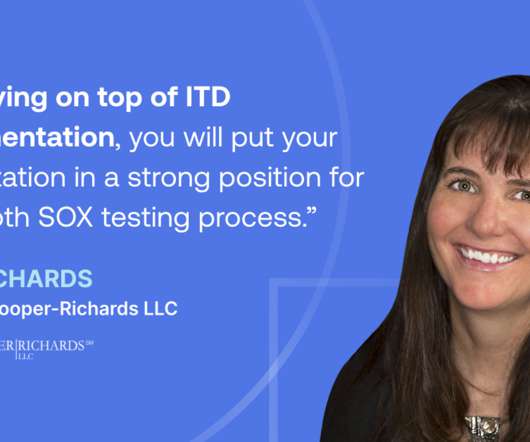Six Best Practices When Preparing for Third-Party Audits
Audit Board
JUNE 22, 2023
Depending on your business’s size, industry, and compliance needs, it will be subject to third-party audits. Businesses will typically choose to undergo a third-party audit with the goal of achieving or maintaining a security certification, such as SOC 2 (I and II), ISO, or PCI DSS. Collect evidence early on.















Let's personalize your content